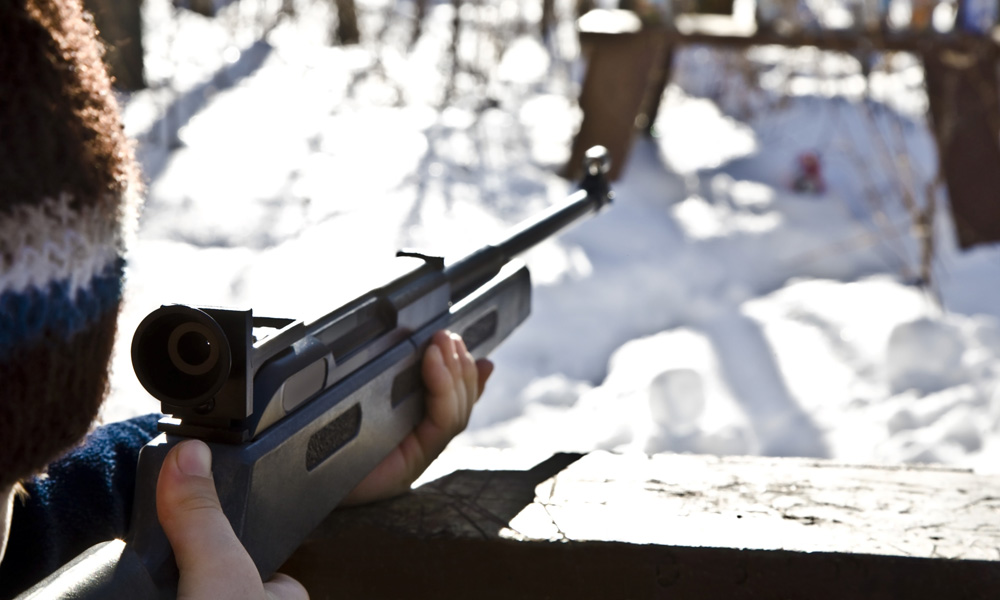
How the NRA Built its Membership Rolls
In recent weeks, media reports have focused on the advocacy prowess of the National Rifle Association as the nation grapples with whether and how to reform its gun laws. A major source of the NRA's strength comes from its success in building membership. Here's how they did it.
The National Rifle Association’s legislative efforts may get all the media attention, but much of the reason the NRA has become so powerful is its ground game.
Since there are fewer places to shoot, you’ve really got to take them seriously. We’ve really got something special down here, and we can’t blow it.
The group, founded in 1871 to encourage firearm safety and marksmanship training, has long focused its energy on assisting gun clubs across the country. That work, which has helped build the group’s legislative efforts, continues to this day.
Among the ways membership plays a major role for the NRA:
Why growing membership is important: In recent years, gun ownership has declined sharply—from 54 percent of U.S. households in 1977 to 32 percent in 2011, the University of Chicago’s General Social Survey shows. Despite this, the NRA’s membership has grown significantly and is currently estimated at 4.5 million people. While critics claim these numbers are inflated, they nonetheless help bolster the association’s message to the public.
A focus on partnerships: Part of the reason the NRA has continued to grow has been its usage of partnerships with local groups, such as gun clubs. The NRA, according to guides provided to club officers [PDF], is willing to pay $10 for each new NRA member and $5 for each renewal. The benefits for smaller groups include business and legal service discounts. And the benefit for the NRA is that people join who may not otherwise have done so—especially if their gun club requires NRA membership.
Paying for upgrades: Perhaps the biggest place where many gun clubs can get help from the NRA? Grants to repair damaged facilities—as much as $5,000 per year. And for many gun groups, such as the Maine’s Spurwink Rod and Gun Club, that assistance goes a long way. After failing to get a grant last year, Spurwink plans to re-apply. “Since there are fewer places to shoot, you’ve really got to take them seriously,” the club’s president, Mark Mayon, told Reuters. “We’ve really got something special down here, and we can’t blow it.”
How does your association focus on building membership to help support your advocacy efforts and other major initiatives? Let us know about it in the comments.
(Design Pics/Thinkstock)





Comments